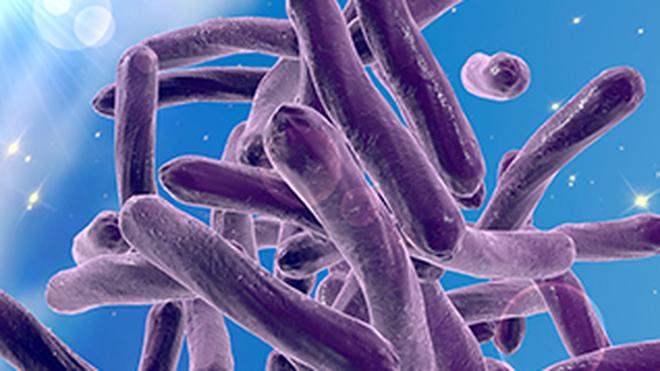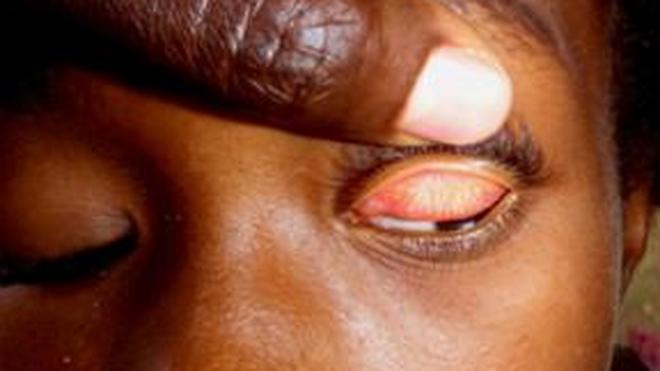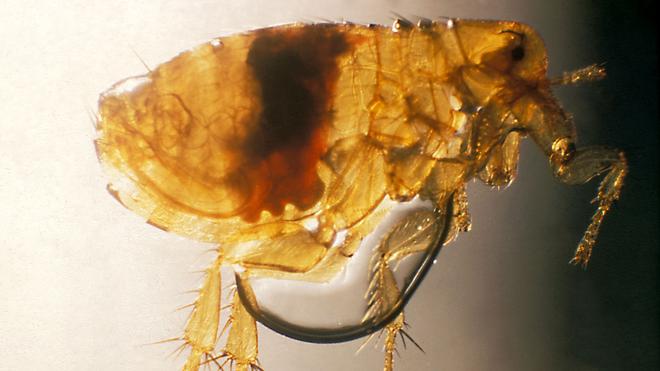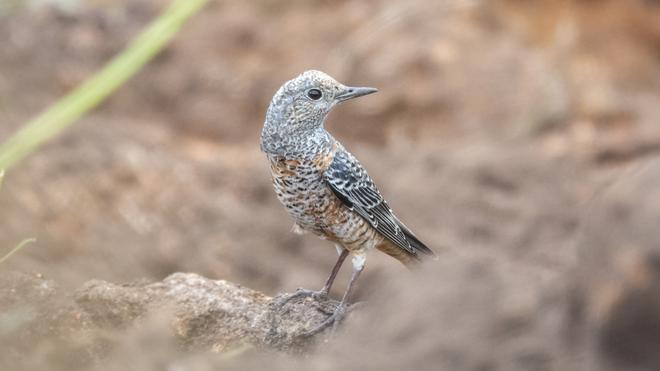Studies zero in on biology TB bacteria use to evade immune response Premium
One of them is its ability to grow in macrophages. The first line of human immune cells that destroy many other invading microorganisms are actually Mtb’s home. Macrophages are designed to engulf foreign particles, including microbes. They can initiate a plethora of chemical reactions involving peroxides, free radicals, and other compounds that break down the engulfed particle or microbe. These reactions often collectively induce a state called oxidative stress and alter the chemical nature of molecules, including the DNA, the RNA, and/or the proteins of life-forms, rendering them dysfunctional or even literally broken up. Macrophages also use diverse strategies to starve the engulfed microbes of essential nutrients, eventually killing them.
But these techniques don’t work against Mtb. Mtb keeps itself protected in clusters called tubercles (hence the name of the disease) surrounded by lipids (fatty substances) in the lungs. Though it’s a respiratory pathogen, it has been known to spread to various other tissues. It can also stay dormant in the cells for a long time, up to a few decades, without causing disease or spreading to other people.
Researchers believe Mtb’s many survival abilities are a result of its large genome, consisting of 4.4 million base pairs. To compare, the respiratory bacteria Staphylococcus aureus has 2.8 million base pairs and Streptococcus pneumoniae, 1.9 million to 2.7 million.
A larger genome means more proteins. Scientists are yet to understand the role of many Mtb proteins — but they believe Mtb’s genetic and protein machinery allows it to lead an independent life once it finds a home inside the macrophages.
Scientists are intrigued by whatever allows Mtb to survive and persist in the macrophage’s hostile environment and are on the lookout for proteins that shield it. One category of proteins called the cysteine synthase enzymes is of particular interest. They help cells synthesise cysteine, a sulphur-containing amino acid. Cells use cysteine to make antioxidants, whereby the sulphur disrupts the reactions that cause oxidative stress.
Mtb has at least three cysteine synthase enzymes. They make cysteine in cells through different chemical reactions. The scientists found that two of the enzymes, called CysK2 and CysM, significantly influenced the microbe’s survival during nutritional deficiency and oxidative stress. They also found Mtb’s ability to produce various antioxidants was impaired when the researchers knocked out the genes used to make either of the two synthases.
It is nearly impossible to get human lung tissue to infect for an experiment. Instead, the researchers infected mice with the wild-type Mtb and mutant Mtb. After allowing the bacteria time to infect the mice and for the mice immune systems to respond, they measured the amount of bacteria in the two groups. They found the wild-type Mtb survived better in the mice than the mutant Mtb. They also found similar effects when they infected just macrophages from the lungs and the spleen. (The spleen is the first organ after the lungs organ Mtb infects, by moving through the bloodstream.)
When the research team checked the pathogen’s survival in mice mutated to not develop oxidative stress, they found it didn’t matter if Mtb had the cysteine sythases. That is, Mtb with and without the cysteine synthases grew equally well in such mice.
The study was conducted together with Luiz Pedro Sorio de Carvalho’s lab at the Francis Crick Institute, London.
All these studies are together demystifying Mtb, like keeping many doors open through which to chase out the TB menace. For these possibilities to actually translate into treatments in the market, there are many unfulfilled steps — including finding ways to perform these studies with human cells — and India needs to focus on them.
Somdatta Karak, PhD is the head, Science Communication and Public Outreach, CSIR-Centre for Cellular and Molecular Biology, Hyderabad.
Published - October 15, 2024 05:30 am IST








)



)













)